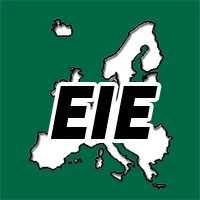
To plan and develop an eLearning course covers many aspects. To ensure the necessary quality you have to consider the institutional mission, the organizational structure and the available resources. Furthermore, you have to care for a well-fitting curriculum and design, the support from faculty (or similar internal structure) as well as the students’ support and to define the competence oriented learning outcomes.
Create the content
For the content of such a well-designed course, you have to develop the best-fitting material. Content in eLearning should cover different activities and learning content in a well-defined mixture (that depends in most cases from the taught subject). The following issues must be included:
- Content to gain knowledge
- Activities to interact with other learners. To promote group work and to develop the skills defined in the competence oriented learning outcomes
- Content to develop the learners’ attitudes (as defined in the learning outcomes)
- Assessments and test environment to check the learning progress
Reuse the content
The created content should be reusable – that means, that – as a start developed – content can be used easily also in other courses. The costs of content development for one single course ar too high to create high quality eLearning courses economically.
Where to take content?
There are different types of content based on the used media. Specialists in the subject can do writing a text easily. To provide the necessary graphics or high-quality multimedia material is more difficult and in the most cases cost extensive: You have to buy the material from companies specialized in that field of multimedia or expansive internal or external specialist create it.
Images and graphics
In spite of paying a lot of money for external specialists or image agencies, you may use content from sources under the Creative Commons (or similar environments).
This chapter of the webpage will supply you with information about “open resources”.
Animations
The same situation as mentioned above is in the field animations. There are many applications available either to create animations or ready-to-use animations that can be used without copyright violation.
You will also find here some information about free material and the legal conditions for their use.
